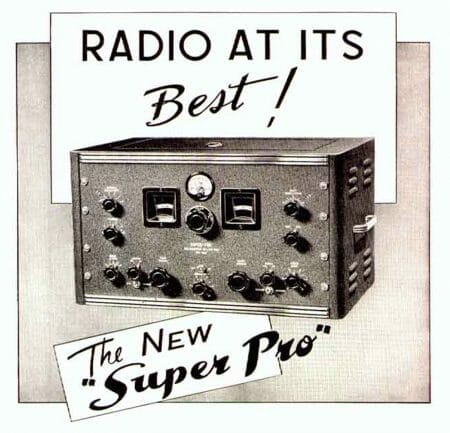Opinion

Fayetteville, AR –-(Ammoland.com)- I am not so very old, but I’ve been around long enough to remember a world that was mostly analog. Telephones had an actual dial, books were to be found by consulting small paper cards in drawers, and RadioShack was stocked with bins of parts for making all manner of electronic gadgets. My parents bought me a shortwave receiver with vacuum tubes—known as boat anchors—and the BBC played the “Lillibullero” march at the top of the hour on the forty-nine meter band.
Good times. Or so the softening effect of memory makes it, though the Internet was the tool of research facilities only, carry licenses were the privilege of the politically connected, if they could be obtained at all, and the once and future threat of Russia was still on its first go around. This fit of nostalgia came upon me recently while I was reflecting on conversations that I have with gun control advocates. Many of them are young. That is meant as no insult—we all start somewhere. It’s instead an observation that they are in so many cases the inhabitants of the digital reality. They have never taken apart their mothers’ typewriter to see how the parts fit together (yes, I did that), nor have they done many of the things on Robert Heinlein’s list of what a human being ought to be able to do.
They have programmed computers, or at least made through use of them. They’ve also surrendered the concept of privacy without even knowing what they were giving up, and they’ve convinced the popular culture that intellectual property belongs to everyone. Ham radio operators have largely given way to coders and tweeters.
I am using broad strokes here, but they provide a framework for understanding the differences in attitudes about guns. A firearm is an analog machine, something that is taken apart and put back together on the coffee table after anointing it with chemicals that smell like an old garage. Gun control is a set of rules that are supposed to shift the operating system of our minds.
How do we reach the latter’s advocates? The good news is that things are not quite so simple.
There is among the new way of seeing the world a large faction that loves liberty, the hackers. These are the people who want to take a system apart to see how it works, then rebuild it better—or more convenient to the hacker’s purposes. An article in The New York Times—yes, The New York Times—discusses a commonality, people who cast their own bullets or reload their own ammunition. The gun community has embraced the tinkerer all along, and that spirit is alive among the digital generation.
The deeper contrast is between those of us who like to do things for ourselves and those who hand themselves over to the ministrations of others. This is not an absolute distinction, of course, since anyone who isn’t living alone in the wilderness gets benefits from society, but it’s a good first-order approximation. The smug assertion that cutting one’s own hair is something you just don’t do that I heard on a radio program a few years ago is an example of the second group. Gun owners annoy them, since we assert that there are some things that we will take responsibility for doing ourselves. But we also scare them. We reserve the right not to fit in.
If we care about gun rights, we have to win over the hackers in the coding generation and more generally inspire an independent streak in the populace.
About Greg Camp
Greg Camp has taught English composition and literature since 1998 and is the author of six books, including a western, The Willing Spirit, and Each One, Teach One, with Ranjit Singh on gun politics in America. His books can be found on Amazon. He tweets @gregcampnc.
